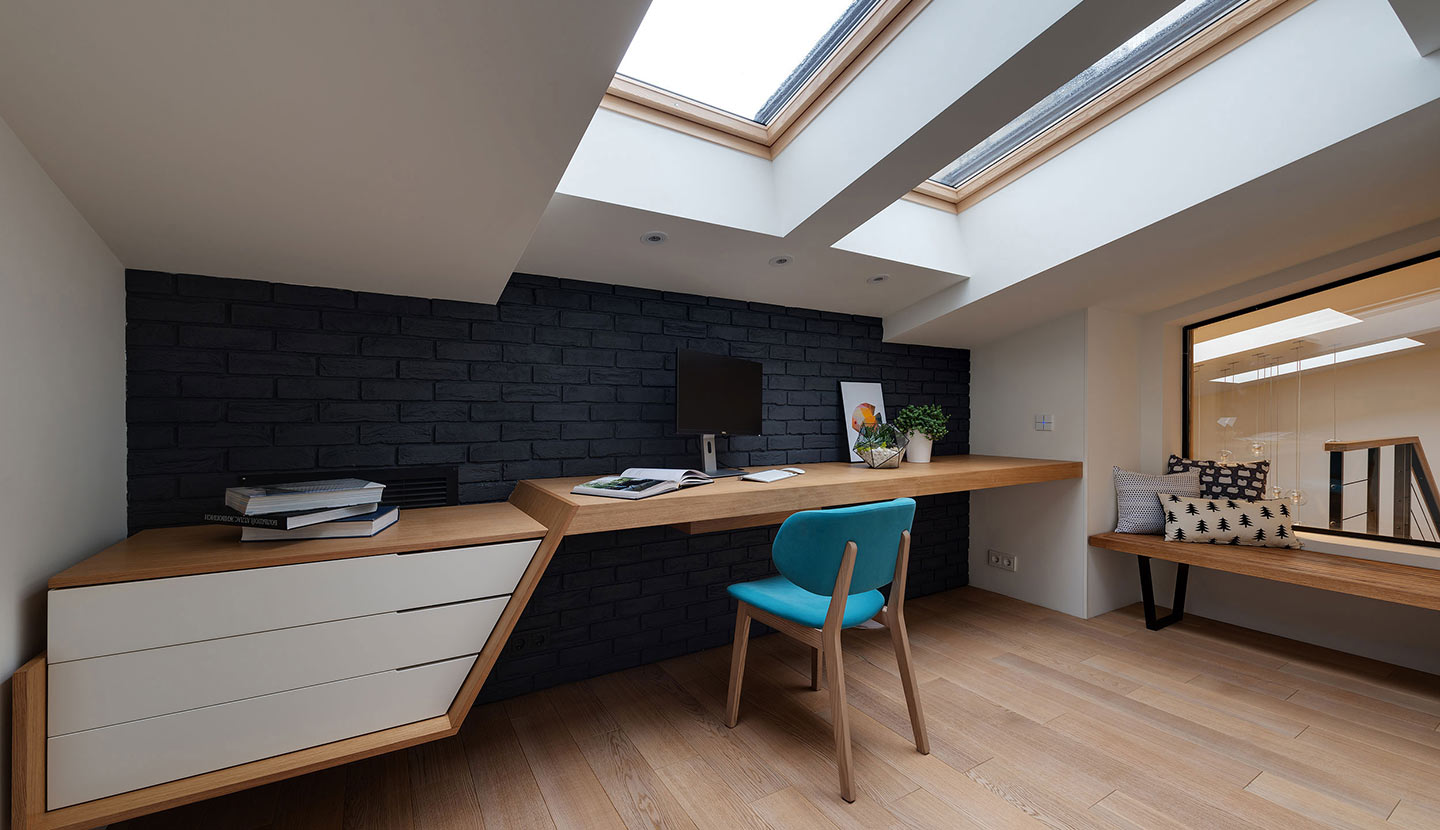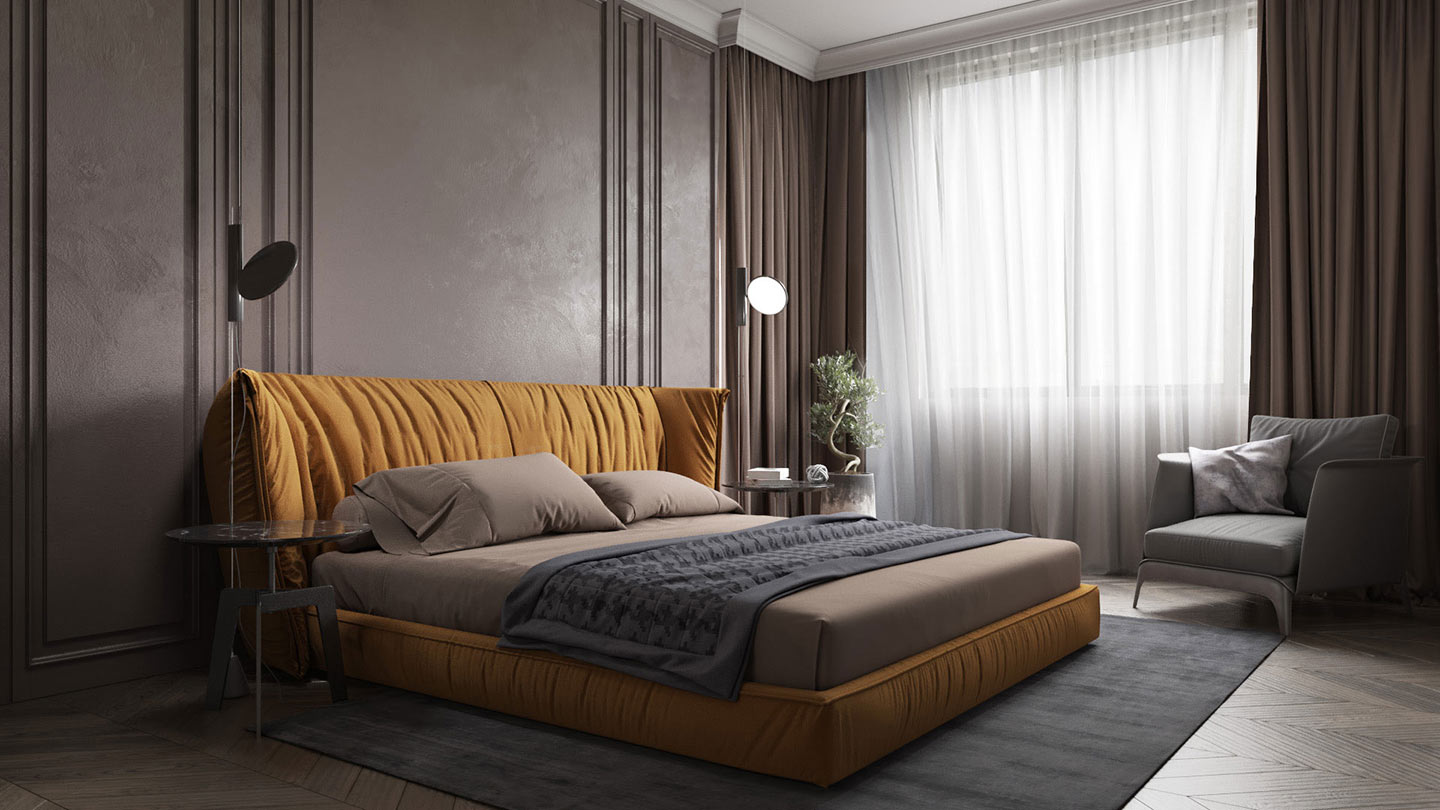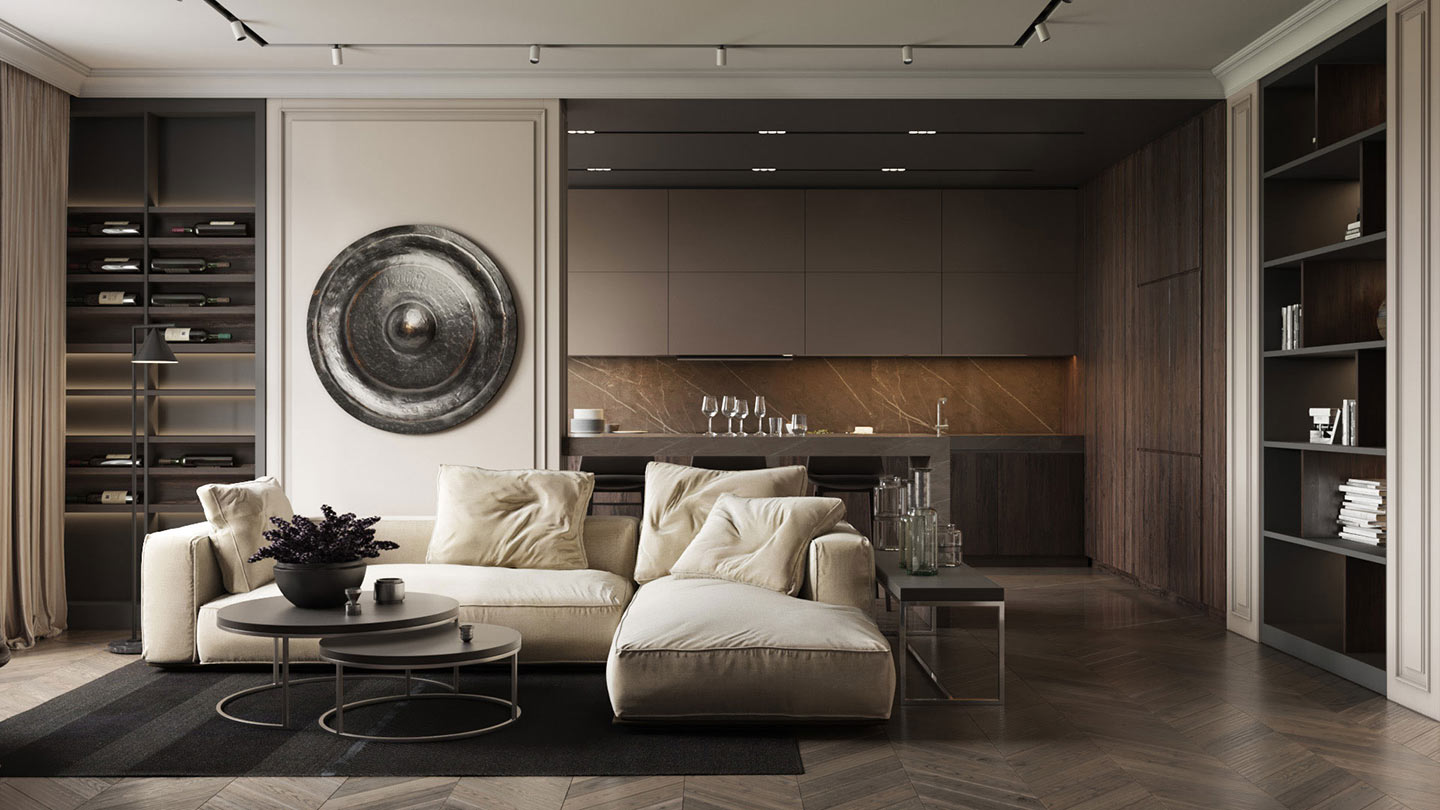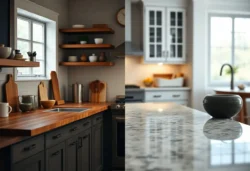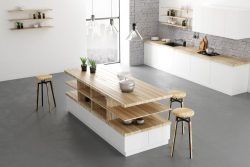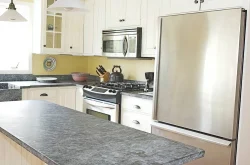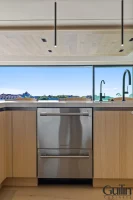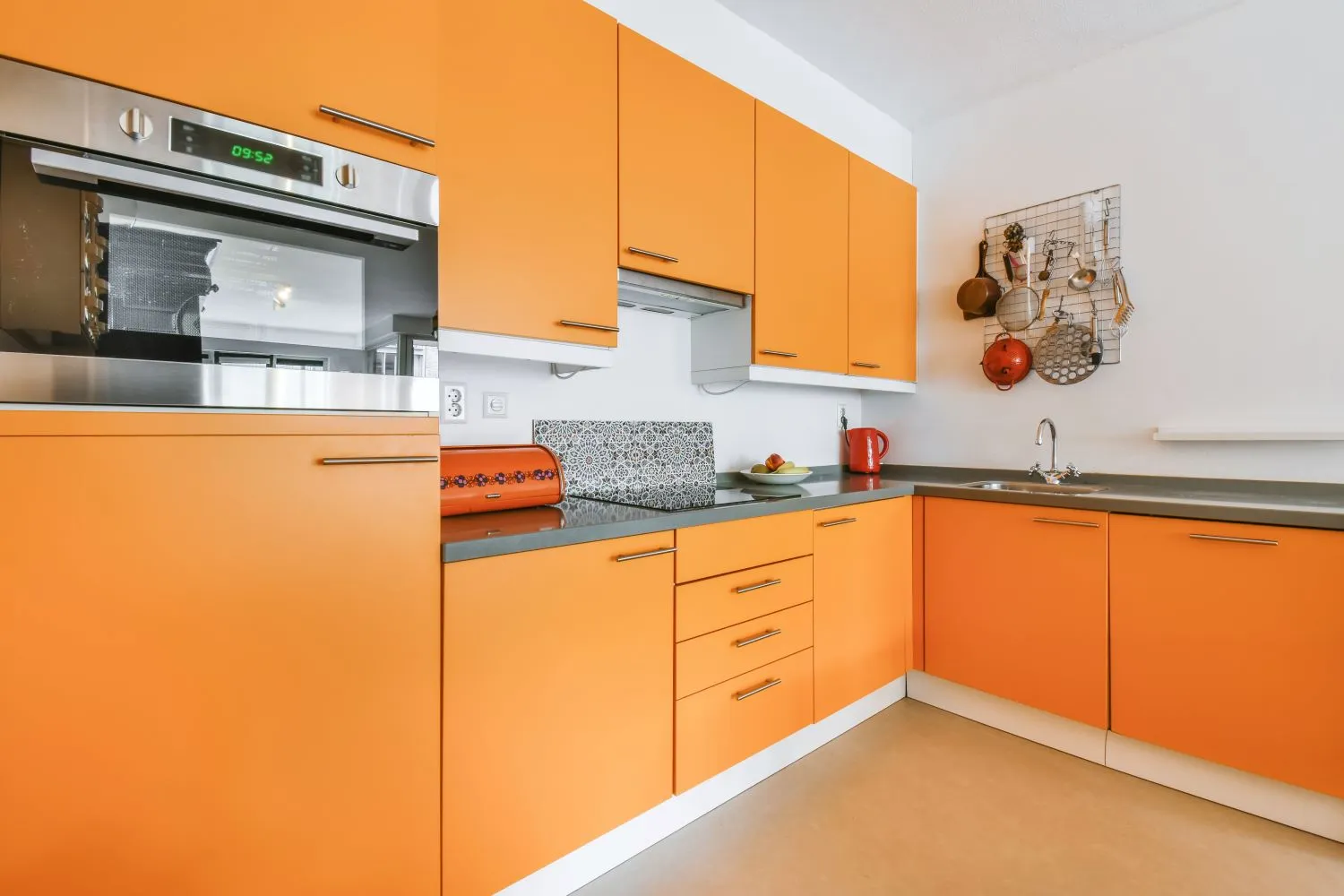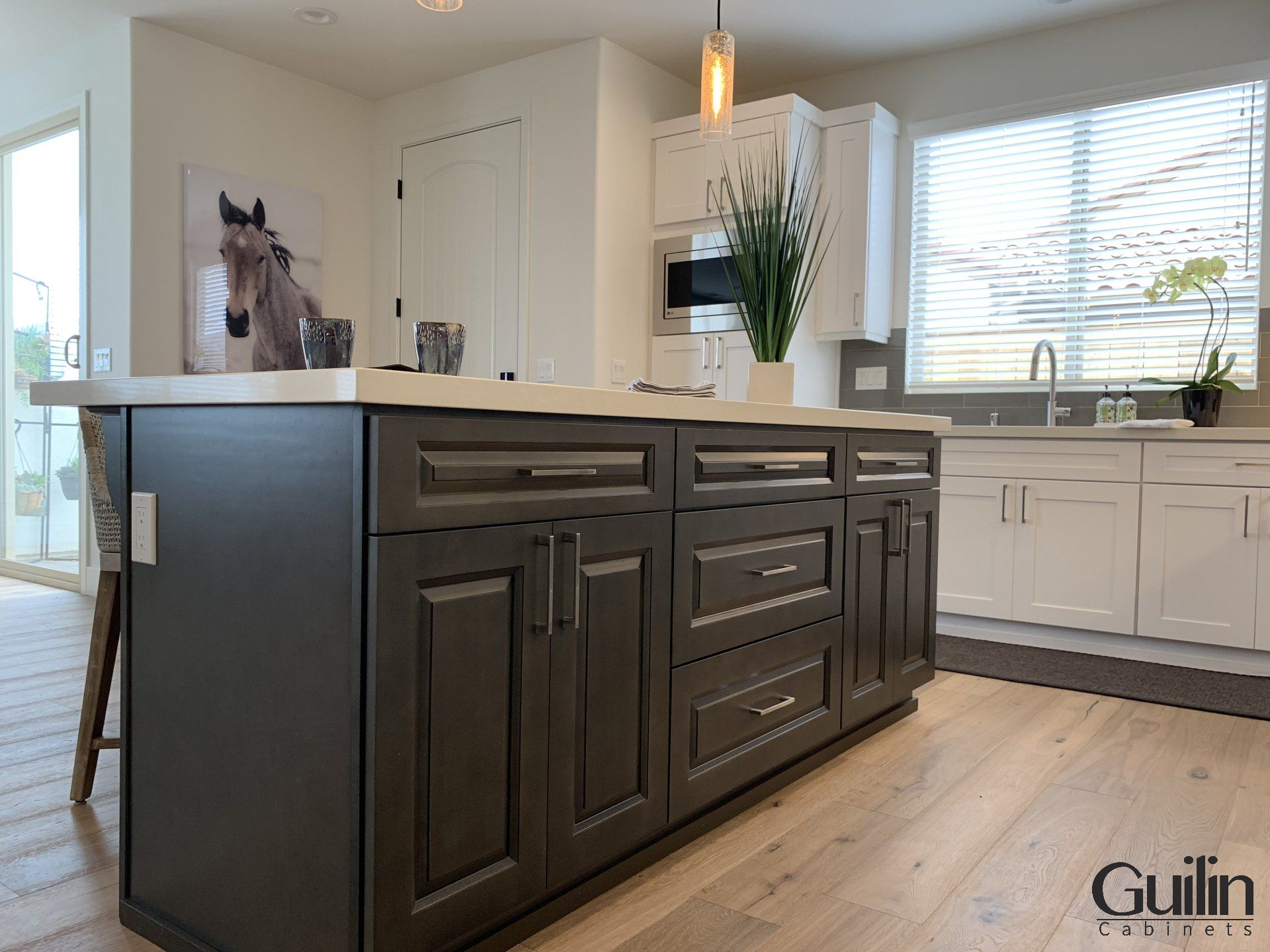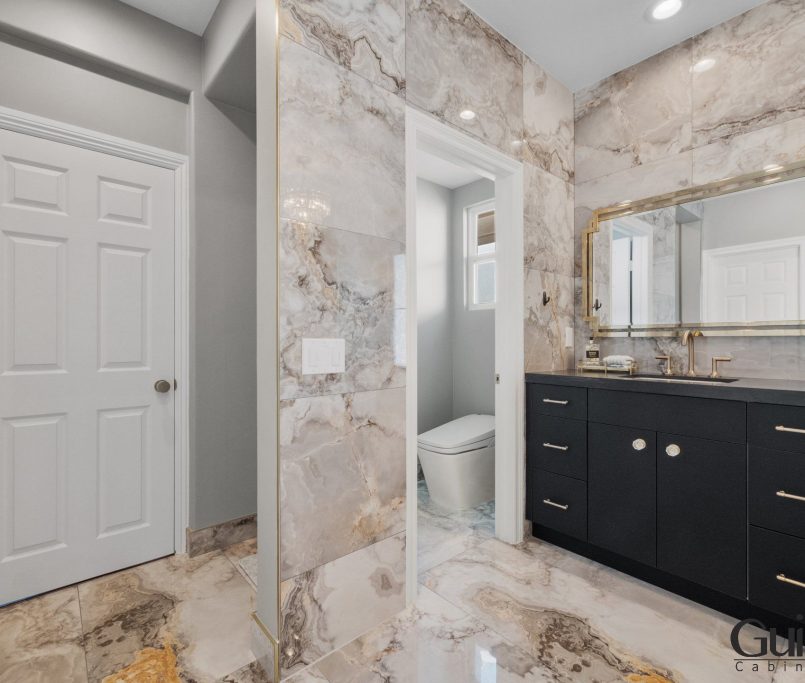
Most crucial for aging homeowners or families with older members is to prioritize safety and accessibility in the kitchen. As we age, the risk of accidents in the kitchen increases, making it imperative to create a safe environment that allows for independence and comfort. This blog post will explore key elements to consider, such as universal design principles for wide doorways and adjustable countertops, flooring and lighting choices for non-slip surfaces and adequate illumination, accessible cabinets with pull-out shelves and lazy Susans, and safety features like anti-scald devices and touchless faucets. By incorporating these design principles, you can create a kitchen space that is not only functional but also safe for individuals of all ages and abilities.
Wide Doorways and Accessible Entries
The ability to move freely within the kitchen is important for accessibility. Before initiating a remodel, ensure that doorways and entries are wide enough to accommodate wheelchairs or walkers, reducing obstacles that could hinder movement. This simple adjustment can make a significant difference in ensuring a smooth and safe transition around the kitchen.

Flooring considerations for safety
Efficient kitchen design goes beyond aesthetics and must prioritize safety. For an accessible kitchen, selecting the right flooring is crucial. Non-slip materials are important to reduce the risk of accidents, particularly for elderly individuals. Plus, adequate lighting is equally important in maintaining a safe environment to prevent tripping hazards.
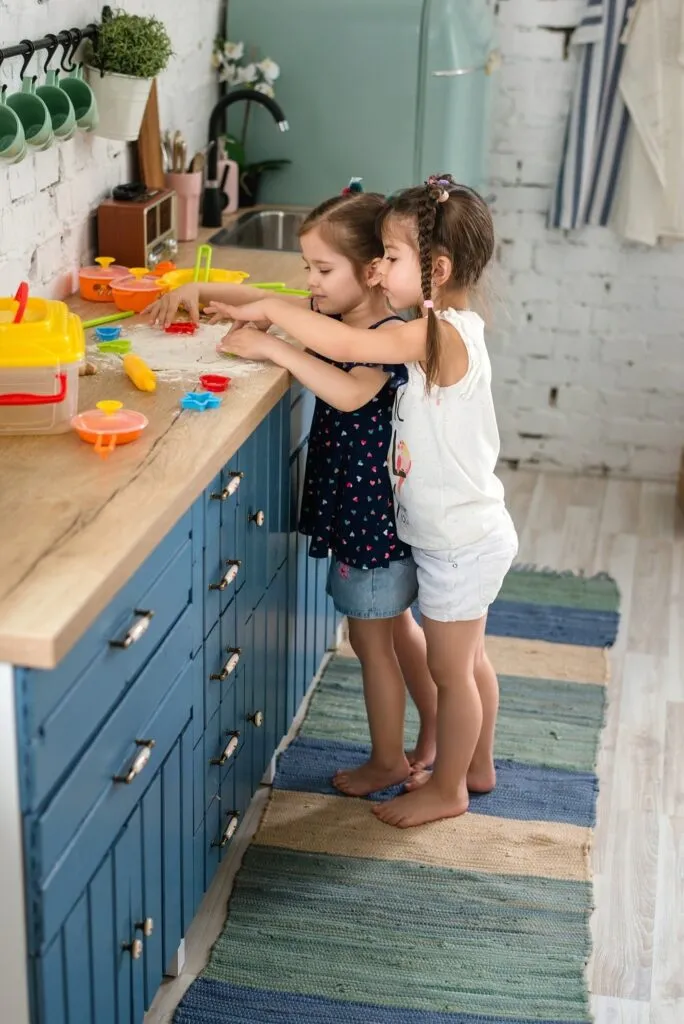
Plus, choosing flooring materials that provide traction and are slip-resistant significantly reduces the risk of slips and falls, especially in a space like the kitchen where spills are common. Ensuring proper lighting in work areas also enhances safety by improving visibility and reducing potential hazards.
Countertops and Workspaces Adaptability
Some of the most important aspects to consider when remodeling a kitchen for accessibility are the adaptability of countertops and workspaces. The adjustable countertops can be raised or lowered to accommodate various users’ heights and needs, providing a comfortable and efficient cooking experience for everyone in the household.

Storage and Cabinet Accessibility
The pull-out shelves in lower cabinets make accessing pots, pans, and other items easier, reducing the need for bending or stretching. Additionally, incorporating accessible heights for frequently used items ensures that no step stools are necessary, making the kitchen more user-friendly for individuals with mobility challenges.
One key consideration for storage and cabinet accessibility is ensuring that items are within reach without the need for excessive bending or stretching. By incorporating pull-out shelves and adjustable heights, you can create a kitchen that is both functional and safe for individuals of all ages and abilities.
Adaptability in storage and cabinet accessibility is crucial for creating a kitchen that is safe and user-friendly for individuals with varying mobility needs. By implementing features such as pull-out shelves and accessible heights, you can maximize functionality and ensure that your kitchen remains a comfortable and efficient space for all users.
Refrigeration and Cooking Options
The kitchen appliances and fixtures you choose can greatly impact the accessibility and safety of your kitchen. Concerning refrigeration and cooking options, consider a side-by-side refrigerator for easier access to both compartments, reducing the risk of straining or bending. In terms of cooking, a wall oven positioned at a comfortable height eliminates the need to bend down, reducing the potential for burns or injury. Induction cooktops are also a safe option, as they only heat the cookware and feature touch controls for easier use.
Faucets and Sink Features
Fixtures like faucets and sink features are imperative considerations in designing an accessible kitchen. Opt for touchless faucets, which are not only convenient and hygienic but also minimize the need to twist or turn handles. These faucets are particularly helpful for individuals with dexterity issues. Concerning sink design, consider options like anti-scald devices to prevent burns from hot water and ensure safety in the kitchen.
Now that we have explored the key elements to consider when redesigning your kitchen for accessibility, it is clear that prioritizing safety and functionality is imperative for creating a space that allows you to age in place comfortably. By incorporating universal design principles, ensuring non-slip flooring and adequate lighting, and selecting appliances and fixtures that are user-friendly, you can create a kitchen that is both safe and accessible for all. Bear in mind, the goal of designing for accessibility is to promote independence, comfort, and most importantly, safety in your home. With these design principles in mind, you can enjoy your kitchen for years to come, no matter what your future needs may be.


